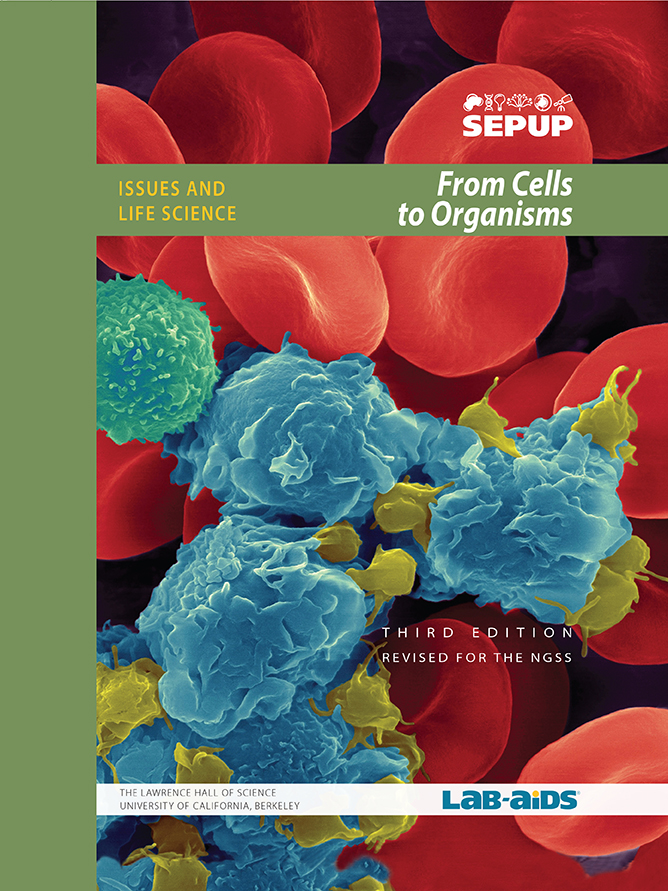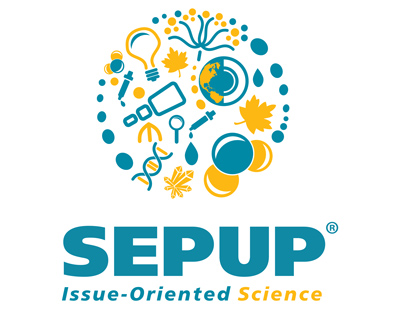From Cells to Organisms: Student Links

Student Links
Science as a Human Endeavor
To learn more about the interests and accomplishments of diverse scientists and engineers, and how people with varied backgrounds contribute to and depend on the advancement of science and technology, visit the links below.
From Cells to Organisms
Carolyn R. Bertozzi
Bertozzi uses an integrated approach to studying how cells communicate with each other through chemical reactions involving sugars. Her research bridges the Cells to Organisms unit and the Chemical Reactions unit.
Edith A. Perez
Perez is a pioneering breast cancer researcher who has led numerous clinical trials for new breast cancer therapies which spurs the body’s own immune system to fight cancer cells.
Henrietta Lacks
The cells collected from Henrietta Lacks during a biopsy in 1951. These cells, named HeLa cells, are used by researchers in laboratories to study the effects of toxins, drugs, hormones and viruses on the growth of cancer cells. Her contribution to science and medicine bridges the Reproduction unit and the From Cells to Organisms unit.
Roger Arliner Young
Young was a zoologist and biologist and the first African-American woman to receive a doctorate in zoology. She studied the anatomy of paramecium and the effects of radiation on sea urchin cells.
Juleen R. Zierath
Zierath’s research focuses on cellular mechanisms of Type II diabetes. Her research bridges the Body Systems and From Cells to Organisms units.
Lydia Villa-Komaroff
Her research focuses on the use of recombinant DNA, and bridges the From Cells to Organisms and Reproduction unit. She is co-founder of SACNAS (Society for the Advancement of Chicano and Native American Scientists).
Ben Barres
Ben Barres was a researcher of the role of glia, the most common type of brain cell, in development and disease. He was also a strong supporter for equal opportunity in science. His research bridges the Body Systems and From Cells to Organisms units.
David R. Burgess
David Burgess conducts research on how cells move and change shape.
Activity 2
An Invisible Organism
Video on Bubonic Plague – with closed captions
This video segment from A Science Odyssey recounts the methods employed by San Francisco’s health officials to prevent bubonic plague from reaching America’s West Coast. Download Bubonic Plague Video (no captions) to save and view it in full screen. It is recommended that you have the latest version of QuickTime installed to properly view this video. This video is from PBS LearningMedia™.
Read more about the Bubonic Plague on this site from the Centers for Disease Control and Prevention. View historical drawings of how people tried to avoid the plague and a photo of the plague-causing flea.
Activity 3
Evidence of Microscopic Organisms
This video shows a live amoeba moving around on a microscope slide.
Activity 4
The History of Cell Theory
University of California Museum of Paleontology: Biography of Robert Hooke
See images from Robert Hooke’s Micrographia in this biography of the seventeenth century scientist and inventor. Site maintained by University of California Museum of Paleontology.
A site devoted to recognizing Robert Hooke’s accomplishments and inventions. Site hosted by Westminster School in London, England.
Activity 6
Parts of a Cell
Explore the world of microbes that live in nature and are represented in this “zoo.” The Microbe Zoo is part of a project at Michigan State University.
Look at microscope photos of protists and algae at this University of Montreal site.
Click on an organism in pond water to find out more about it! Follow the links to the “smallest page on the web” to see actual photographs of these microbes.
Activity 8
Modeling Cell Structure and Function
SEPUP Simulation: What do Cells do?
Click on the link above to launch the simulation in your browser.
Activity 14
Fighting Disease
Video on the Discovery of Penicillin – with closed captions
In this video segment from A Science Odyssey on PBS LearningMedia™, learn what led British researcher Alexander Fleming to the chance discovery of antibacterial properties in a mold extract he later named penicillin. Download Video on the Discovery of Penicillin (no captions) to save. It is recommended that you have the latest version of QuickTime installed to properly view this video.
Video on Producing Penicillin – with closed captions
In this video segment from A Science Odyssey on PBS LearningMedia™, learn about the team of scientists from Oxford University that conducted tests on penicillin, in addition to the mass production of this new drug. Download Video on Producing Penicillin (no captions) to save. It is recommended that you have the latest version of QuickTime installed to properly view this video.

